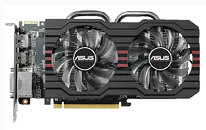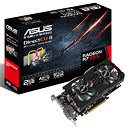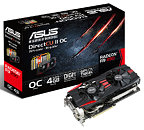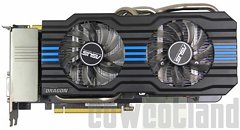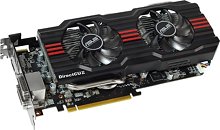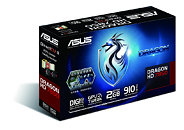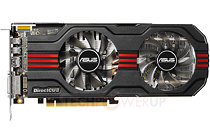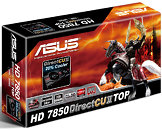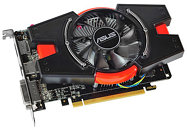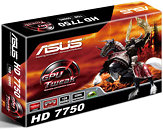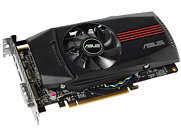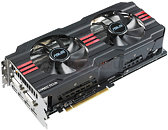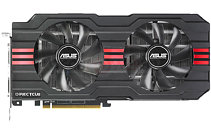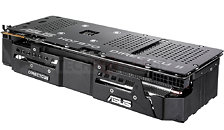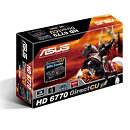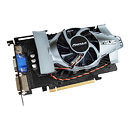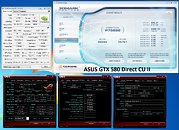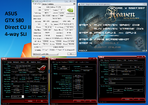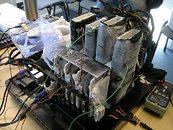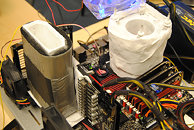
ASUS Announces R7 265 DirectCU II Graphics Card
ASUS today announced R7 265 DirectCU II, a new graphics card powered by the latest AMD Radeon R7 265 graphics-processing unit (GPU).
R7 265 DirectCU II includes many innovative and exclusive ASUS technologies and tools including DirectCU II for 20%-cooler and three-times (3X) quieter gaming performance, Super Alloy Power components for vastly improved longevity and GPU Tweak, an easy-to-use software tool that allows users to squeeze more performance out of the GPU.
R7 265 DirectCU II includes many innovative and exclusive ASUS technologies and tools including DirectCU II for 20%-cooler and three-times (3X) quieter gaming performance, Super Alloy Power components for vastly improved longevity and GPU Tweak, an easy-to-use software tool that allows users to squeeze more performance out of the GPU.
